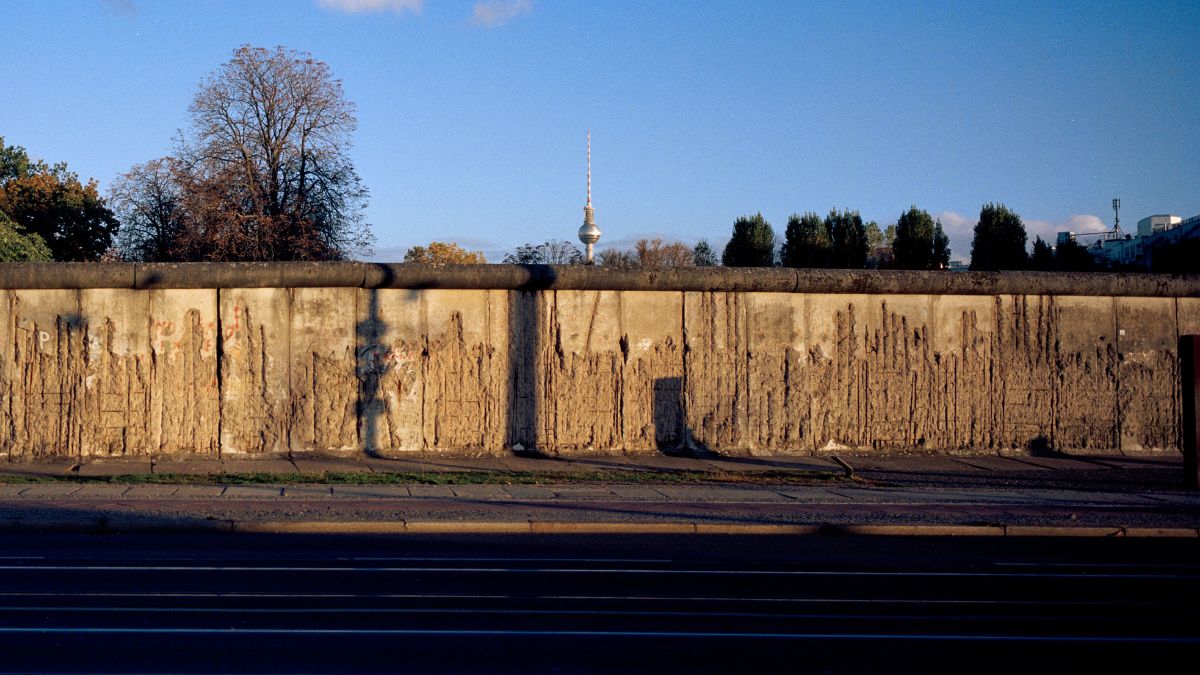Berlin, Germany’s capital, is celebrating the 35th anniversary of the Berlin Wall’s fall this Friday and Saturday (November 31).
The fall of the Berlin Wall in 1989, an event known as a symbol of freedom and unity, reunited East and West Germany, and this year’s anniversary is being celebrated by a series of events that draw visitors from around the world.
ALSO READ | 5 things about German Unity Day and what happened in 1990
What happened to the border?
Although most of the fortified border of communist East Germany was dismantled soon after it was opened in 1989, remains of the Wall and other border structures can still be visited today in certain places.
For the 17 million people who once lived behind the Wall, life was controlled by the sharp eye of the Stasi, East Germany’s state security service, which implemented strict control.
The state security service used to monitor citizens through “used wiretaps, bugged homes, and interviewed friends and family members to suppress any movements of rebellion,” wrote Bethany Wagner in her 2013 paper Revisiting Life Behind the Berlin Wall, published by Azusa Pacific University.
Built to prevent East Germans from fleeing to the West, the Wall stood 4 metres high, 156 kilometres long, and included a ‘death strip’ - a mined corridor lined with guard towers, barbed wire, and deadly traps - it was one of the Cold War’s most powerful symbols, dividing friends and families both physically and emotionally, The Indian Express reported.
Notably, East Germany first closed the border in Berlin on August 13, 1961, gradually transforming the Berlin Wall into an extensive fortification that curled through the city and encircled the capitalist enclave of West Berlin.
The Wall sealed the last gap between East and West. East Germany’s government had already closed the main border with West Germany - stretching from the Baltic Sea to Czechoslovakia - in 1952. This division lasted until the border opened on November 9, 1989.
That night, the Bornholmer Strasse crossing in Berlin was the first to open, as border guards, lacking clear orders, relented under pressure from a large crowd after an unexpected announcement of new regulations by Politburo spokesperson Gunter Schabowski.
Today, this historic crossing is marked by a section of Wall slabs, featuring photos from that night and plaques describing key moments, including a German-language alert sent by The Associated Press.
The longest remaining stretch of the Berlin Wall is at the East Side Gallery, where 118 artists painted murals on the once-grey concrete slabs after the Wall opened.
‘Death strip’
Much of the Wall has since disappeared, with the former “death strip” - between the outer wall facing West Berlin and an inner wall facing east - now mostly built over. However, portions of the former border can still be seen at Berlin’s Bernauer Strasse memorial site, with fragments scattered across the city and its outskirts.
Outside Berlin, most of the East-West German border consisted of heavily fortified fences rather than walls. A noteworthy exception was in the village of Moedlareuth, split between Bavaria and Thuringia, which earned the nickname “Little Berlin.” Parts of this border remain visible today.
Germany officially reunified on October 3, 1990, less than a year after the border was opened.
With inputs from AP
)